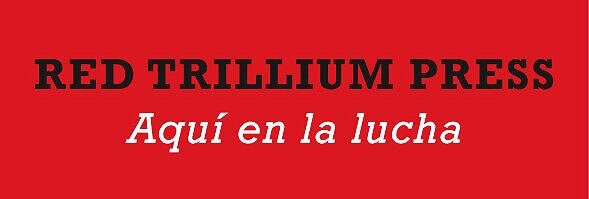Saw box
2001 Unique 9 x 9 x 32 in. $2000
Saw Box is an antique wooden saw box with a handsaw stored in the lid holding fifty-three white pinecones.
Fifty-three White pinecones are wrapped with a 19th century natural history book illustrated with wood engravings. Forty-eight of the pages illustrate mammals many of which are under duress due to climate change and diminished habitat. Five of the wrapped pine ones illustrated birds: Peregrine Falcon and four vultures. The Peregrine falcon restoration has been successful after being decimated by DDT in the 1950’s- 1960’s. Three of the four vultures are endangered because of habitat changes and the poisoning of animal carcasses.
The saw is a Henry Disston and Sons swayback 100. For beauty, finish and utility this saw cannot be excelled.
Hamilton Disston (August 23, 1844 – April 30, 1896) was an industrialist and real-estate developer who purchased 4 million acres (16,000 km²) of Florida land in 1881, an area larger than the state of Connecticut, and reportedly the most land ever purchased by a single person in world history. Disston was the son of Pennsylvania-based industrialist Henry Disston who formed Disston & Sons Saw Works, which Hamilton later ran, and which was one of the largest saw manufacturing companies in the world.
Hamilton Disston's investment in the infrastructure of Florida spurred growth throughout the state. His related efforts to drain the Everglades triggered the state's first land boom with numerous towns and cities established through the area. Disston's land purchase and investments were directly responsible for creating or fostering the towns of Kissimmee, St. Cloud, Gulfport, Tarpon Springs, and indirectly aided the rapid growth of St. Petersburg, Florida. He furthermore oversaw the successful cultivation of rice and sugarcane near the Kissimmee area.
Although Disston's engineered canals aided water transport and steamboat traffic in Florida, he was ultimately unsuccessful in draining the Kissimmee River floodplain or lowering the surface water around Lake Okeechobee and in the Everglades. He was forced to sell much of his investments at a fraction of their original costs. However, his land purchase primed Florida's economy and allowed railroad magnates Henry Flagler and Henry Plant to build rail lines down the east coast of Florida, and another joining the west coast, which directly led to the domination of the tourist and citrus industries in Florida. Wikipedia
In 2001 I did not consider documenting the book used to wrap the pinecones.


